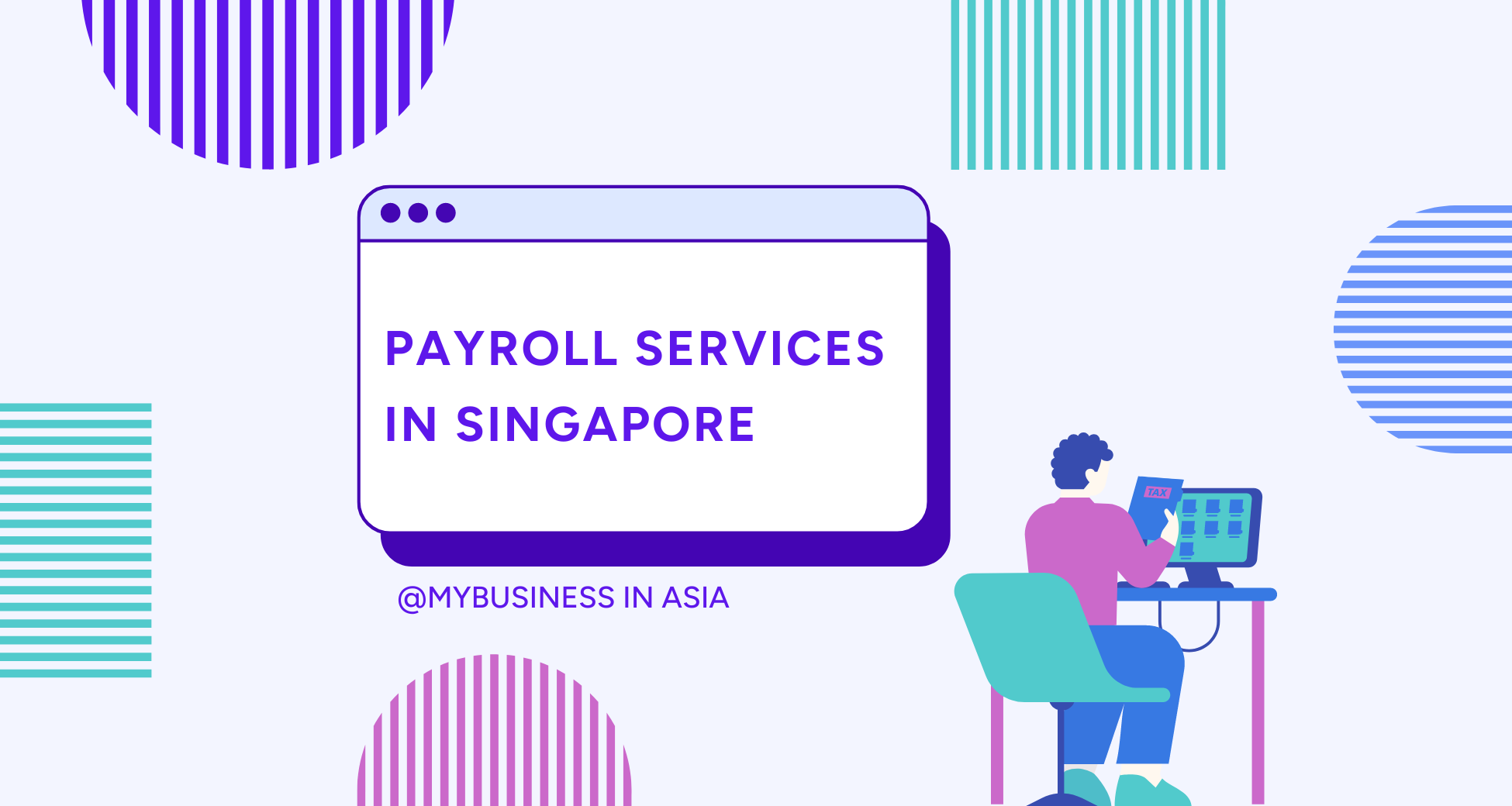Browsing the Intricacies of Pay-roll Administration: Finest Practices and Proven Solutions for Accurate Payroll Handling

Understanding Tax Obligation Regulations
Navigating the complexities of tax obligation regulations is vital for effective pay-roll administration. Recognizing tax guidelines is paramount in ensuring compliance and precision in pay-roll handling. Taxes play a considerable duty in payroll management, as they affect both the staff member and the company. Employers should keep the proper quantity of taxes from employee salaries and remit them to the proper tax obligation authorities in a timely way - Expert payroll management for Singapore businesses. Failing to abide by tax obligation laws can result in penalties and fines, tainting the organization's online reputation and financial stability.
To navigate tax regulations effectively, payroll managers need to stay informed about changes in tax obligation regulations and guidelines at the government, state, and regional levels. This requires continual learning and professional development to keep a high degree of expertise in taxes. Furthermore, leveraging payroll software and devices that automate tax obligation calculations and conformity processes can improve pay-roll procedures and decrease the threat of mistakes.
Executing Efficient Pay-roll Software Application
Efficient execution of pay-roll software is critical for maximizing payroll procedures and making sure accuracy in economic transactions. When picking a payroll software application solution, it is necessary to think about the specific demands of the organization, such as the number of staff members, the intricacy of pay frameworks, and combination needs with various other systems.
To apply payroll software program efficiently, begin by carrying out a comprehensive evaluation of the existing pay-roll procedure to determine locations for improvement and personalization. Expert payroll management for Singapore businesses. It is suggested to involve essential stakeholders from human resources, money, and IT divisions to ensure that the selected software application satisfies all essential requirements
Furthermore, continuous support and regular software program updates are crucial to ensure the system remains certified with altering policies and continues to fulfill the company's requirements. By following these ideal methods, companies can streamline their payroll procedures and lower the danger of errors and conformity problems.
Ensuring Data Precision and Safety
After executing efficient pay-roll software application to optimize processes and ensure monetary precision, the Discover More following essential step is to focus on ensuring the data accuracy and security of the pay-roll system. Information precision is paramount in payroll administration to avoid mistakes that can bring about conformity problems, economic inconsistencies, and staff member discontentment. Carrying out data recognition checks, conducting regular audits, and keeping current employee documents are important techniques to promote precision.
Along with precision, payroll information protection is important to protect delicate worker info and stop unapproved accessibility. Utilizing encryption methods, restricting accessibility to licensed personnel only, and carrying out secure login protocols work approaches to boost data safety and security. Expert payroll management for Singapore businesses. Regularly updating security measures, performing safety training for staff members, and monitoring system tasks can assist alleviate potential protection risks
Streamlining Pay-roll Processes
Exactly how can pay-roll processes be enhanced for enhanced efficiency and performance? Simplifying payroll processes entails carrying out methods reference to simplify and expedite the numerous tasks involved in payroll administration.
One more important aspect of simplifying payroll procedures is developing clear and standardized procedures for pay-roll tasks, such as information entry, authorizations, and reporting. By specifying functions and responsibilities within the pay-roll process, companies can ensure liability and effectiveness. Normal training sessions for payroll staff can likewise assist in keeping them upgraded on the current laws and best methods, thus improving the total payroll procedure.
Additionally, integrating payroll systems with various other HR and accountancy software can enhance information sharing and get rid of the demand for manual data entrance throughout multiple platforms. By systematizing payroll data and procedures, companies can achieve higher precision, conformity, and efficiency in managing their pay-roll procedures.
Conformity With Labor Regulations and Regulations
To make sure the streamlined payroll processes are conducted in conformity with lawful needs, companies need to focus on compliance with labor regulations and laws. Conformity includes precisely interpreting and executing laws related to minimal wage, overtime pay, go to the website record-keeping, tax obligation withholding, and worker classification.
Organizations can achieve conformity by establishing clear payroll plans and treatments that line up with relevant labor regulations. Normal audits of payroll processes can aid recognize any type of inconsistencies and ensure corrective actions are taken quickly. Training team associated with payroll monitoring on labor guidelines can also boost conformity efforts and lower mistakes.
Additionally, leveraging pay-roll software application with integrated conformity functions can enhance procedures and reduce the threat of non-compliance. Seeking guidance from attorneys or experts focusing on labor regulations can assist and provide beneficial insights browse complex governing needs. Eventually, focusing on compliance with labor regulations and policies is basic to maintaining a trustworthy and lawfully audio payroll system.
Verdict
To conclude, grasping the details of payroll administration needs a detailed understanding of tax guidelines, efficient pay-roll software application execution, data accuracy and safety procedures, structured processes, and compliance with labor legislations. By adhering to best methods and tested remedies, organizations can ensure precise pay-roll handling and stay clear of costly errors. It is critical for businesses to prioritize pay-roll monitoring to keep financial security and compliance with regulative demands.

After implementing effective payroll software program to optimize processes and make sure financial precision, the following critical step is to focus on ensuring the data accuracy and safety of the pay-roll system. Improving pay-roll procedures entails implementing methods to streamline and quicken the numerous tasks included in payroll administration. Routine training sessions for pay-roll staff can also assist in maintaining them upgraded on the most current policies and best methods, thus boosting the total pay-roll process.
In conclusion, grasping the complexities of pay-roll monitoring needs a comprehensive understanding of tax regulations, reliable payroll software application implementation, information accuracy and safety and security measures, streamlined procedures, and conformity with labor laws.